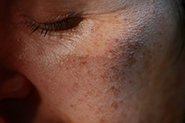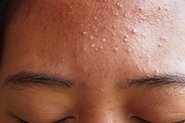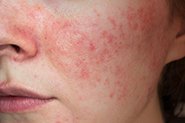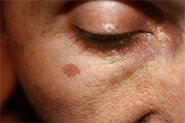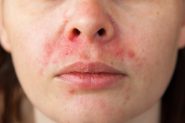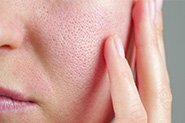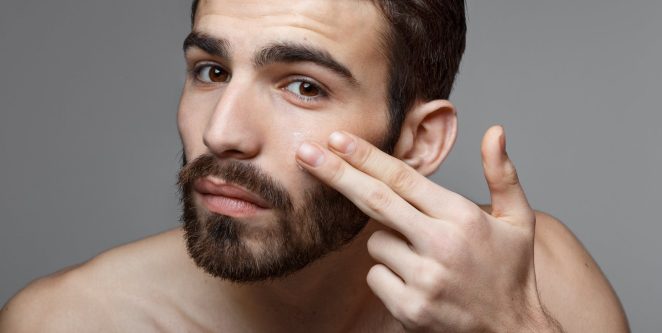
The hairiest month of the year has arrived! The beauty of it? It’s all for a good cause. #Movember is back, encouraging men across the country to grow facial hair to change the face of men’s health.
But, nothing is more frustrating than pouring plenty of time and effort into your new look only to have swollen, bumpy, and painful skin as a side effect.
Whatever mo you opt to grow this month, your skin is the canvas to your bristly work, so it’s important we look out for it.
What Is Beard Acne
Acne that only occurs in the beard area is rarely actually acne. Instead, what appears to be pimples are one of the two conditions: folliculitis barbae or pseudofolliculitis barbae. Often, it can be a combination of both.
Folliculitis barbae is an infection of the hair follicles in the beard. The most common infection? A bacterium called staphylococcus aureus, which can live on your skin naturally but becomes a problem when it infects the follicles(1,2). This then leads to painful, inflamed pustules that look like acne but unfortunately tend to respond poorly to typical acne treatments(3,4).
Pseudofolliculitis barbae looks similar, but the lesions are smaller, less painful, contain less pus (if any), and are often accompanied by ingrown hairs(5,6). It may creep up on you if you frequently shave super close to the skin, and particularly if you have curly hair. How? After shaving, your hair can retract beneath the skin’s surface before regrowing with the sharp tip sometimes becoming embedded in the skin. This creates inflammation and redness and predisposes the follicle to the development of true folliculitis barbae.
How do you treat these conditions?
Keep your skin well-moisturised. Skin lacking the moisture it needs has an impaired skin barrier, making inflammation and infection more likely.
Shave in the direction of the hair follicle, not against it.
Don’t stretch the skin while shaving this is what causes the sharp-tipped hairs to retract beneath the skin surface once tension releases.
Keep your kit clean. Sterilise metal clipper parts or straight razors in boiling water. Then, soak disposable razors in a weak antiseptic solution between uses.
To give your skin some rest, grow your beard for a few weeks and, instead of shaving, opt to trim your stubble. This will allow time for the skin inflammation to settle and ingrown hairs to clear. This method is particularly helpful if you suffer from Pseudofolliculitis barbae. And of course, when you return to shaving, follow the above tips for best practices.
If you’re finding it difficult to manage, seek medical treatment. Infection tends to be easiest when treated in the early stages. Leaving the irritation for too long may result in severe cystic infection and permanent scarring (known as sycosis barbae)(7) – something we certainly want you to avoid. In this case, you’ll want a prescribed treatment cream that may contain tretinoin, a gentle steroid, and/or pigment suppressing medications, like hydroquinone (if your skin needs it). A course of antibiotics – either in cream or tablet form – may also be an option!
Treatment resistant cases may need laser hair removal for long-term management(8). Although, as big fans of Movember, we tend to leave this as a last resort!
We hope our MediSkin men are getting involved this year to keep more men’s health in check.
If you think you’re suffering from the above skin conditions, our Qr8 MediSkin doctors can help. Reach out to our Skincare Support Team and let’s solve your skin concerns, together.
REFERENCES
WOULD YOU LIKE TO CHAT TO ONE OF OUR FRIENDLY DOCTORS ABOUT YOUR BEARD ACNE?
CLICK HERE TO BOOK A CONSULT WITH OUR EXPERIENCED MEDICAL TEAM.


